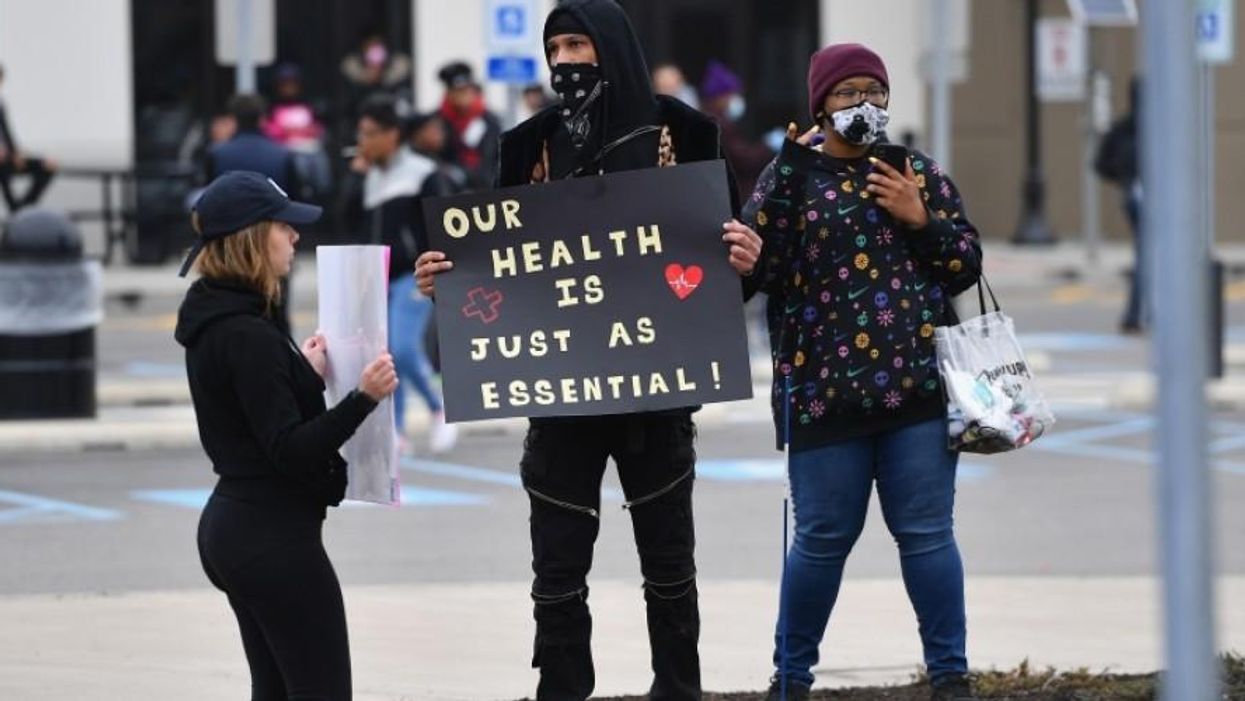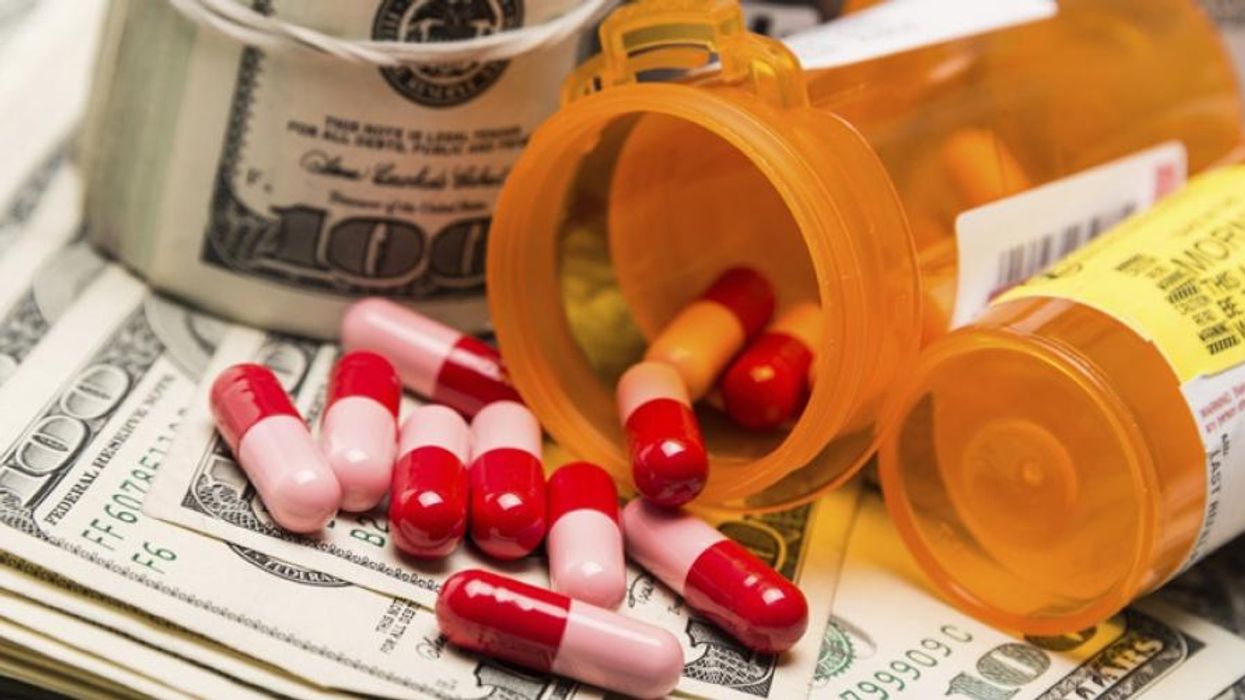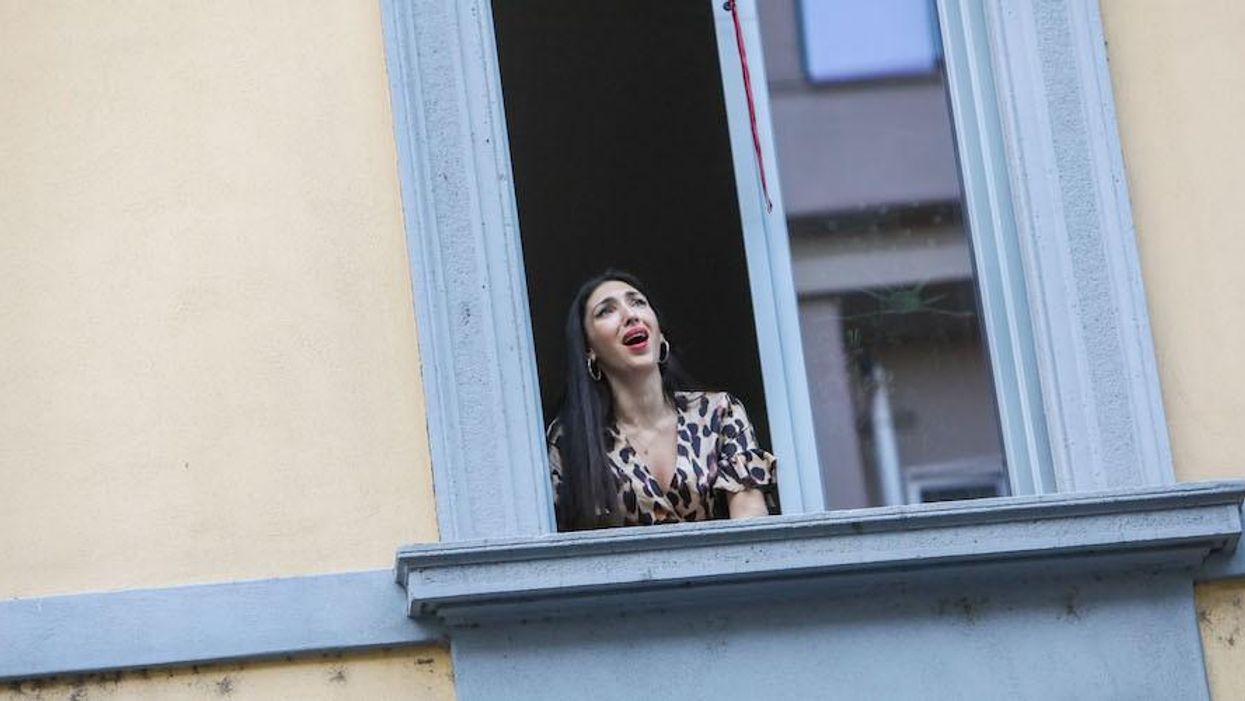To Re-Open Safely We Need a "Health Force" of Disease Detectives
In the long run such a workforce could help address the long-standing shortage of primary care in the United States—including community-based programming to assist families with preventive health, nutrition, exercise, chronic diseases and mental health needs.
Conservative governors are now openly at odds with epidemiologists as plans move ahead for more than half the states to loosen social distancing and permit many businesses to re-open this month despite none of them meeting White House Coronavirus Taskforce guidelines.
Unlike re-openings in China, Hong Kong and South Korea where new cases fell rapidly after aggressive containment efforts, the United States, with nearly 1.4 million cases and over 81,000 COVID-19 deaths (as of May 11), must follow a different model.
Many critics blame the Trump Administration's laggard scale-up of testing for the dilemma. But studies of past emerging disease epidemics have taught us that testing alone will not prevent new outbreaks. To re-open the economy we must undertake the most massive effort to trace and isolate new infections in history.
Ironically, the states moving most rapidly to restore commerce--eg. Georgia, Texas, and Florida--not only have regions with high case loads, but also inadequate public health workers to contain new outbreaks, according to a study by Politico. In the Midwest, despite high case loads per capita in Iowa and Nebraska, officials are jumping ahead of federal criteria calling for two weeks of falling cases before relaxing stay-at-home rules. Robert Redfield, director of the Centers for Disease Control and Prevention (CDC), warns that re-opening requires not only ramped up testing, but "very aggressive" contact tracing of new cases. Such disease tracking, together with testing, was critical to controlling spread of the virus in South Korea, New Zealand, Germany and China.
An April 27 letter released by former public health officials, including Andy Slavitt, who ran Medicare and Medicaid in the Obama administration, and Scott Gottlieb, a former Food and Drug Administration chief under President Trump, estimated 180,000 contact tracers are needed to re-open the economy. Tom Frieden, who directed the CDC from 2009 to 2017, extrapolated from experiences in Asia to estimate that up to 300,000 such workers may be needed across the country. At present local health departments and the CDC have only about 2,200 professional "disease detectives," although other health staff often assist during a contagious outbreak.
Until early May, federal officials and the media have tended to ignore contact tracing despite the critical role it has played in every infectious disease outbreak. The labor-intensive nature of the task is probably why. Our chronically underfunded, and now overwhelmed, public health departments have no capacity for such a massive scale up without significant new funding.
A recent NPR survey and follow-up report on 44 state health departments turned up a total count of 11,142 workers trained in contact tracing. As a point of contrast, at the height of China's viral crisis it took 9,000 contact tracers in Wuhan alone to contain the outbreak. Officials in state health departments surveyed described a variety of plans to expand capacity, some relying on volunteers, with the goal of scaling up to 66,197. Most will need federal aid for the new hires.
Unfortunately, there is no federal health workforce or emergency fund up to the task. The closest we have to a US rapid response team might be the Medical Reserve Corps (MRC), which matches over 175,000 volunteers with public health and medical assistance needs across the country. Thousands of MRC volunteers are now deployed in call centers or administering tests during the coronavirus crisis. Some may be trained as contact tracers in coming months.
We also entered into the COVID-19 crisis with a shortage of nurses and primary care doctors. The Chinese government sent 42,000 health workers to the Wuhan from other parts of the country. Despite the likelihood that many new hot spots will crop up here as we re-open, the United States lacks a coherent mobile medical corps of professionals who can be deployed rapidly. Given the perpetual shortages of physicians in US rural areas, another program that deserves to be scaled up is the underfunded "National Health Service Corps" which ties medical school loan forgiveness to commitments by new doctors to practice for two years in underserved areas.
Our urgent need to scale up infectious disease control is not unlike the impetus for the Green New Deal (GND) jobs & infrastructure proposal to support a just energy/climate transition.
Our urgent need to scale up infectious disease control is not unlike the impetus for the Green New Deal (GND) jobs & infrastructure proposal to support a just energy/climate transition. Both ideas draw inspiration from President Franklin D. Roosevelt's response to mass unemployment in the Great Depression by creating the Works Progress Administration which hired millions of unemployed people over an eight-year period for public works projects.
Clearly the need to address the climate crisis remains urgent, but first we have to get out of the house safely. Jeremy Brecher, of the Institute for Policy Studies, has called for such an emergency GND that includes health. Such a new health corps could offer a win-win solution to our two acute (and simultaneous) dilemmas: record levels of unemployment and a vital need for more feet-on-the-ground to reduce our viral case load.
At present, many political observers predict that after the pandemic, citizens will demand more investment in health care and disease surveillance. Thus, a plan to strengthen health staffing--including new professional and community health workers--could address future needs as well as our current emergency. Besides containing new infections and providing vital paychecks to our unemployed, like other "essential" workers, new health workers would spend their funds into the economy boosting demand for goods and services.
Dr. Frieden argued in early May that lockdowns, while effective at stopping spread, are blunt tools that cause unemployment and bankruptcies. Instead, he said, "we have a sharper tool, (a strategy) to stop chains of transmission by widespread testing, isolation of cases, contact tracing and quarantine of contacts."
Frieden, who now directs the non-profit Resolve to Save Lives, gained extensive experience overseeing responses to the H1N1 influenza, Ebola and Zika epidemics while running the CDC. But the importance of contact tracers was brought home to him many years earlier in New York City. I did post-doctoral research in 1999 comparing two epidemics of resurgent multi-drug-resistant tuberculosis (MDR-TB) - one in New York City and one in Lima, Peru. I learned that Frieden, while working in the CDC's Epidemic Intelligence Service in 1991, helped demonstrate that MDR-TB was widespread in many poor neighborhoods of New York City, a finding that spurred the mayor to replace city health officials who had ignored mounting signs of the epidemic.
Frieden was appointed to lead the city's tuberculosis division and later credited for innovative policies thar brought the deadly outbreak under control. One key initiative was the hiring and training of community health workers (who did not have professional degrees) to do outreach, track cases and administer doses of anti-TB drugs, effectively cutting the chain of contagion and drug-resistance.
Community health workers were also the key to controlling MDR-TB in Peru. TB drug resistance was first identified in a barrio of Lima in the late 1990s by the Boston-based non-profit Partners in Health (PIH). Drs. Paul Farmer and Jim Yong Kim, who directed PIH, built a program at an urban clinic in Lima to address the deadly outbreak using a similar strategy of outreach and treatment with lay workers doing home visits and social programming with patients. In both the New York and Lima epidemics, a training staple for successful community outreach was cultural sensitivity and a willingness to establish relationships and trust with patients and their families. PIH's Peru work helped established a model for treating MDR-TB outbreaks in low-income countries.
PIH is now applying that experience to COVID-19 in Massachusetts where the health department recently contracted with PIH to hire 1,000 fulltime community health workers as half of a 2,000 person contingent who will do contact tracing statewide. Another model may be California which has invested in a well-designed disease tracking system, and now aims to combine hired staff and volunteers to ramp up to 10,000 contact tracers.
Since April 1 new US cases per day have exceeded 20,000 on every day except one, and have ranged as high as 38,000. Epidemic models predict the infection will continue to spread across the country in the months ahead, producing not hundreds of thousands, but millions of new infections, especially in places where social distancing is lax. Many states project using new electronic tracing systems for COVID-19 exposure which have been heavily hyped by tech companies, such as Google and Apple. But even if the serious privacy concerns raised by these apps are resolved, such systems will only be an aid, not a replacement for humans who follow-up with contacts exposed to the virus.
The work of a contact tracer, ideally hired from the same area where he or she would serve, starts with interviewing infected patients and following leads to find people that person was recently in contact with. These workers then help arrange testing for new contacts, advise them on self-isolation, and assist those who become sick with treatment and access to humane quarantine options like hotel rooms or other facilities for patients in crowded households so as to avoid infecting immune-compromised or elderly members. Support for patients in quarantine would include food and daily follow-up on medical needs. This level of support is the only way to prevent super-spreader events--such as the widely reported outbreaks at funerals or nursing homes that contributed to the US having a quarter of all reported cases globally.
When locally-based and trained well, community health workers are also the ideal outreach personnel to educate others on coronavirus prevention and treatment, including advice on chronic problems that contribute to high COVID-19 mortality rates in Latino and Black families. In the long run such a workforce could help address the long-standing shortage of primary care in the United States--including community-based programming to assist families with preventive health, nutrition, exercise, chronic diseases and mental health needs.
In their public letter, Drs. Gottlieb and Slavitt called for $46 billion in national support for states to trace contacts and isolate infected patients, with an additional $4.5 billion for quarantine facilities, including rental of otherwise vacant hotel rooms. While the last Congressional stimulus package (HR 266) contained $25 billion for state health departments, the bulk of those funds were aimed at scaling up testing, with only a small slice likely to be spent for tracing contacts.
To re-open safely, the country needs a more comprehensive approach. One promising bill, introduced by Sens. Kirsten Gillibrand (D-N.Y.) and Michael Bennet (D-Colo.), would allocate $55 billion a year for a new "Health Force"--training and hiring hundreds of thousands of new public health workers to do testing, contact tracing and eventually vaccinating the population. The Senators even cite FDR's Great Depression work program as an inspiration.
It is clear that re-opening alone will not rapidly reduce unemployment, and federal stimulus efforts to date to keep working people afloat are woefully inadequate. The country needs to look beyond welfare solutions. There is much work to be done. Why not hire the unemployed to find and stem new viral outbreaks so we can reopen without recurring waves of deadly outbreaks? Until we have an army of disease detectives, the virus will continue its massive crime wave.


